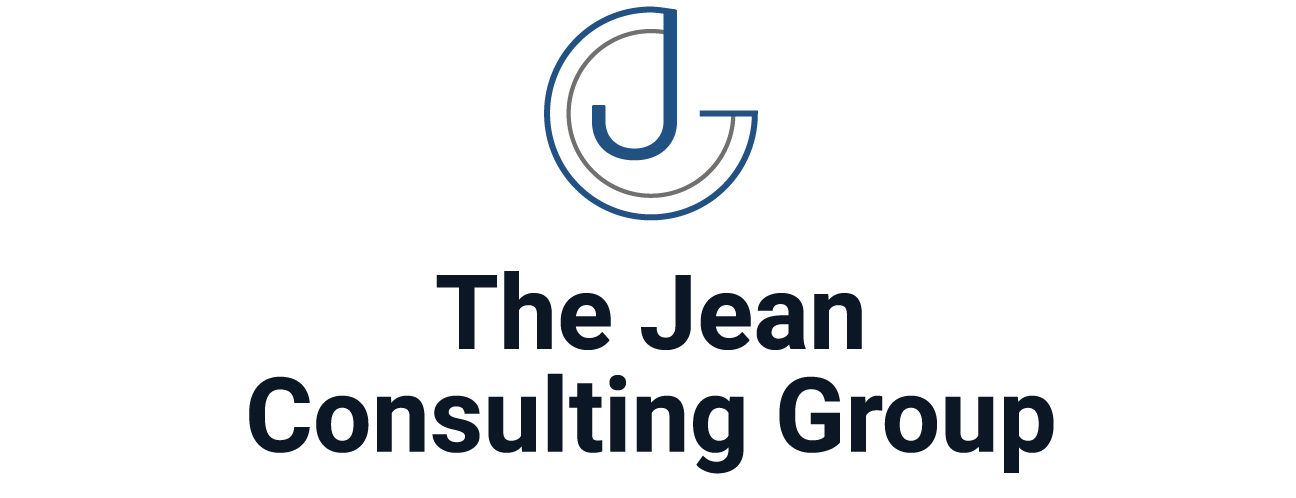Employee feedback mechanisms are integral to fostering a culture of engagement, collaboration, and continuous improvement within organizations. By providing avenues for employees to share their thoughts, ideas, and concerns, feedback mechanisms enable organizations to gather valuable insights, address issues, and enhance employee satisfaction and productivity. This article explores the importance of employee feedback mechanisms in driving engagement and offers strategies for maximizing their effectiveness in achieving organizational success.
Understanding Employee Feedback Mechanisms
Employee feedback mechanisms encompass various processes and tools that enable employees to share their feedback, opinions, and suggestions regarding their work environment, experiences, and organizational practices. These mechanisms may include surveys, suggestion boxes, focus groups, one-on-one meetings with managers, anonymous feedback platforms, and pulse surveys. By soliciting and acting on employee feedback, organizations demonstrate their commitment to listening to their employees, valuing their input, and fostering a culture of openness and transparency.
Importance of Employee Engagement
Employee engagement refers to the emotional commitment and dedication employees have towards their work, team, and organization. Engaged employees are more motivated, productive, and loyal, leading to higher levels of performance, innovation, and customer satisfaction. Employee engagement is closely linked to factors such as job satisfaction, opportunities for growth and development, recognition, and a sense of purpose and belonging within the organization. Effective employee feedback mechanisms play a crucial role in driving engagement by giving employees a voice, empowering them to contribute to decision-making, and fostering a sense of ownership and accountability.
Strategies for Maximizing Employee Feedback Mechanisms
To maximize the effectiveness of employee feedback mechanisms and promote engagement, organizations can implement the following strategies:
- Create a Culture of Feedback: Foster a culture where giving and receiving feedback is encouraged, valued, and normalized. Communicate the importance of feedback in driving continuous improvement and emphasize that all feedback, positive or negative, is welcome and will be taken seriously.
- Provide Multiple Channels for Feedback: Offer a variety of channels and platforms for employees to share their feedback, catering to different preferences and communication styles. This may include anonymous surveys, suggestion boxes, regular check-ins with managers, town hall meetings, and online feedback platforms.
- Act Promptly on Feedback: Demonstrate responsiveness to employee feedback by promptly addressing issues, implementing suggestions, and communicating outcomes and actions taken. Employees are more likely to continue providing feedback if they see tangible results and improvements resulting from their input.
- Ensure Confidentiality and Anonymity: Respect employee privacy and confidentiality by providing options for anonymous feedback, particularly for sensitive or confidential topics. Assure employees that their feedback will be kept confidential and will not result in reprisals or negative consequences.
- Promote Two-Way Communication: Encourage dialogue and open communication between employees and management, facilitating meaningful discussions and exchanges of ideas. Managers should actively listen to employee feedback, ask clarifying questions, and seek to understand perspectives and concerns.
- Provide Training and Resources: Offer training and resources to managers and employees on effective feedback techniques, active listening skills, and constructive communication strategies. Equip employees with the tools and confidence to provide feedback constructively and respectfully.
- Follow Up and Follow Through: Follow up with employees after receiving feedback to acknowledge their input, provide updates on actions taken, and seek further clarification or input if needed. Demonstrate a commitment to addressing feedback and closing the feedback loop.
Conclusion
Employee feedback mechanisms are invaluable tools for driving engagement, promoting transparency, and fostering a culture of continuous improvement within organizations. By prioritizing employee feedback and implementing strategies to maximize its effectiveness, organizations can create a workplace where employees feel heard, valued, and empowered to contribute their best. Investing in employee engagement through feedback mechanisms not only enhances morale, productivity, and retention but also strengthens organizational resilience and competitiveness in the long term. By harnessing the power of employee feedback, organizations can unlock the full potential of their workforce and achieve sustained success and growth.




